If you’ve been struggling to make your plants happy or a beginner gardener, we have your back. For every sign they show, there’s a preventive measure that you can put to use. For now, let’s discuss the 7 common hints that plants drop to show that they aren’t truly at peace.
7 Signs Of Unhappy Plants
1. Brown Leaf Tips

At times, the tips and the edges of the leaves turn brown. If the color of the soil has empowered your greens, it’s time to redeem them. Here’s how you can carry forth the task.
Causes and Solutions
- Inconsistent Watering: Try not to surprise your plants by watering unexpectedly after a gap. Be consistent. This doesn’t mean that you need to water every day but make sure you don’t keep the plants thirsty. Learn more about overwatering mistakes.
- Dry Air: If the air where you keep your plants is dry, place them in a naturally humid place like the kitchen. You can also group the plants. Instead, place them in a tray filled with pebbles and little water. Else, keep misting the plants.
- Too much salt/ Overfertilisation: Tap water can have excessive salts. Using distilled water can help. Another thing that you can do is water the plant excessively once a month so it flushes extra salt.
2. Yellow leaves

As the leaves age, they turn yellow and fall off. That’s a natural process and is totally fine. However, if the yellowness has overpowered the greenery of your plant, it (most likely) needs help.
Causes and Solutions
- Overwatering/Unwatering: The rule of thumb should be to water the plant once the soil feels dry about ½ to 1 inch down, just enough so it doesn’t clog.
- Low Sunlight: Check if you’ve kept your plant near a cold draft or a window through which chilly winds cross. If yes, change its spot where it receives adequate sunlight.
- Excessive Sunlight: Maintaining balance is the key. Keeping the plant in too much sunlight can also cause leaves to yellow. If that’s the case, shift it to a shadier location.
3. Spots On Leaf

What ringworms are to humans, spots on leaves are to plants. They are infections, communicable through contact. If you observe this in your garden, it will mostly be because of -
Causes and Solutions
- Fungus: To prevent the fungal infection, place the plants at an adequate distance and water tactfully. The splashes while watering mustn’t be splattered on another. You must also pluck the infected leaves to avoid letting the infection spread.
4. Wilting Plant

The low-hanging heads of the plants are a tragic sight. The good news is that they can be resurrected from the deathbed (most of the time). The reason behind the wilting plants and the steps you must take are as follows.
Causes and Solutions
- Under-watering/ Over-watering: Check if the soil is too damp or dry and water accordingly.
- Poor drainage: Check if the soil is adequate for the plant to grow. Else, check for the water to come out of the plant after you water to assure that the water doesn’t stand in the pot. In the former case, you can re-pot in better soil.
- Lack of Humidity: Mist regularly as a solution.
5. Leaves falling off too often

Certain plants, when located in a new place, get angry and throw a tantrum by letting go of their leaves. But they move on and adapt to new surroundings, considering that they are ideal. It’s a phase. In case you observe this otherwise, there are problems that you need to tackle.
Causes and Solutions
- Low Light - If you feel that your plant is not getting enough light, place it where it can get more.
- Cold Air - Shifting the plant helps.
- Overwatering - Water adequately.
6. Lanky Plant Growth

Lanky plant growth causes plants to grow unevenly. To receive sunlight, they stretch themselves extensively, affecting their growth.
Causes and Solutions
- Irregular Light: Rotate the plants occasionally so each area of the plant gets to soak the rays in full without fighting for it.
7. White fungal growth on foliage

Another communicable disease, white mold or powdery mildew can spread quickly if not treated well in time. This fungal growth makes photosynthesis difficult for plants, thereby weakening them to the core.
Causes and Solutions
- High Humidity & Low Airflow: Place plants at a distance so they can breathe well. You can even use vinegar or ethanol-based mouthwash to clean the leaves. These are tried-and-tested methods that help in reversing the growth.
While these are the most common signs of grumpy plants, do let us know if you are facing any other issues. We’ll love to help you out!
Here’s wishing your plants good health and a speedy recovery if they are unwell. Good luck!


 Sign In
Sign In



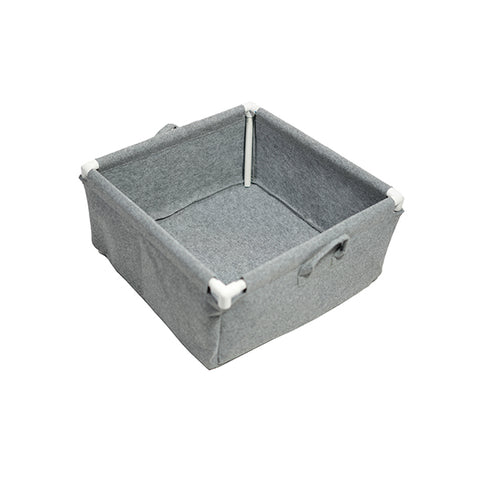
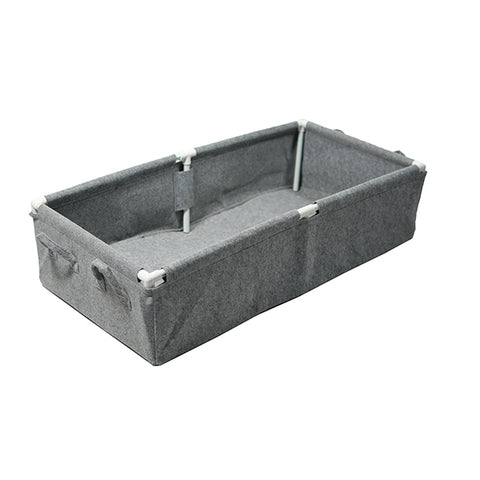
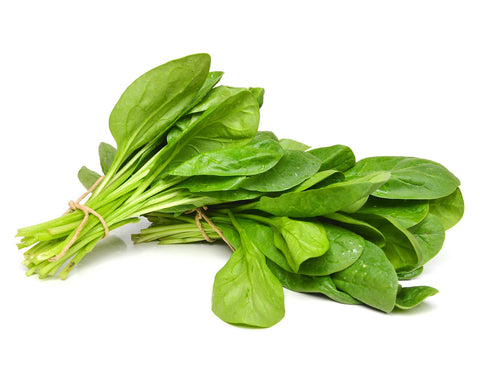
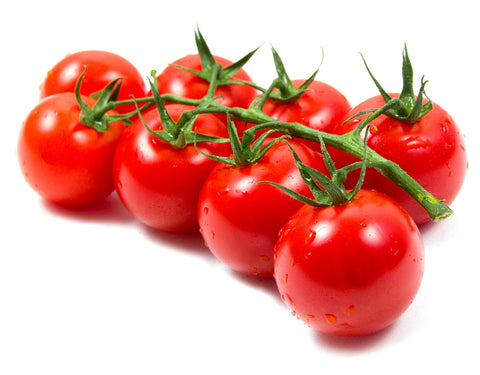
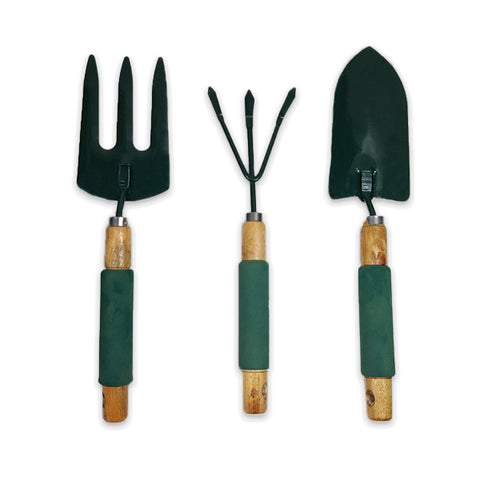
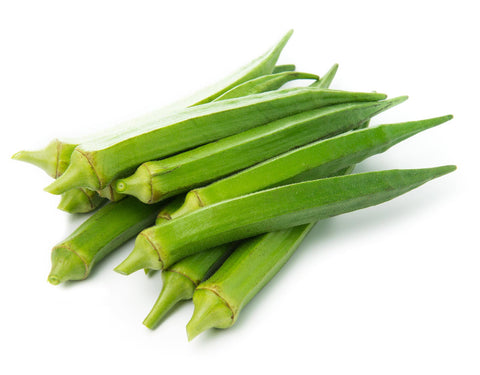
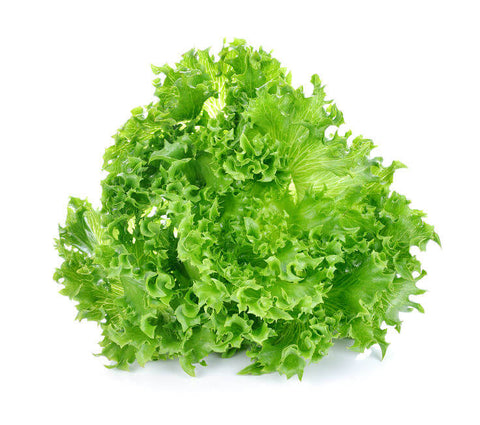
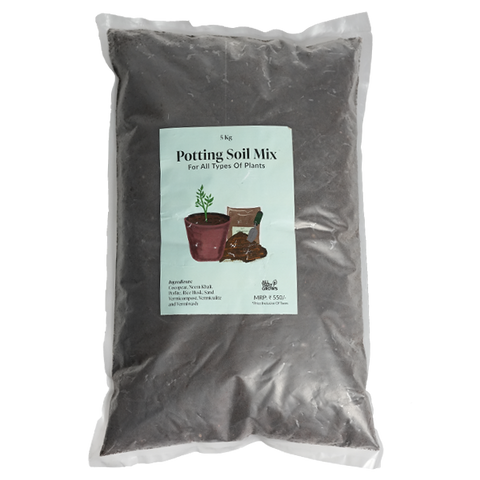
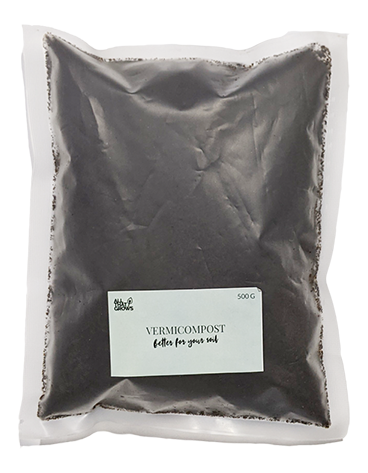

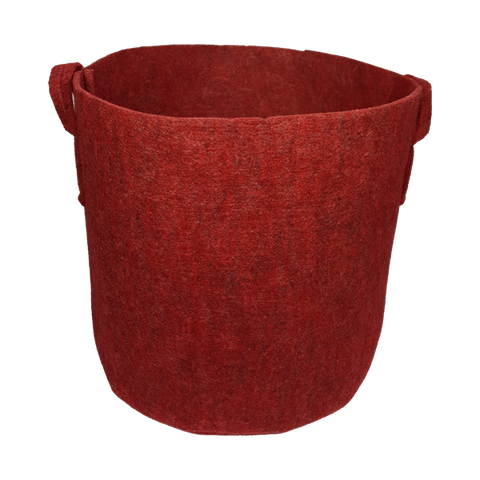






Let us know your feedback
* Comments must be approved before being displayed.